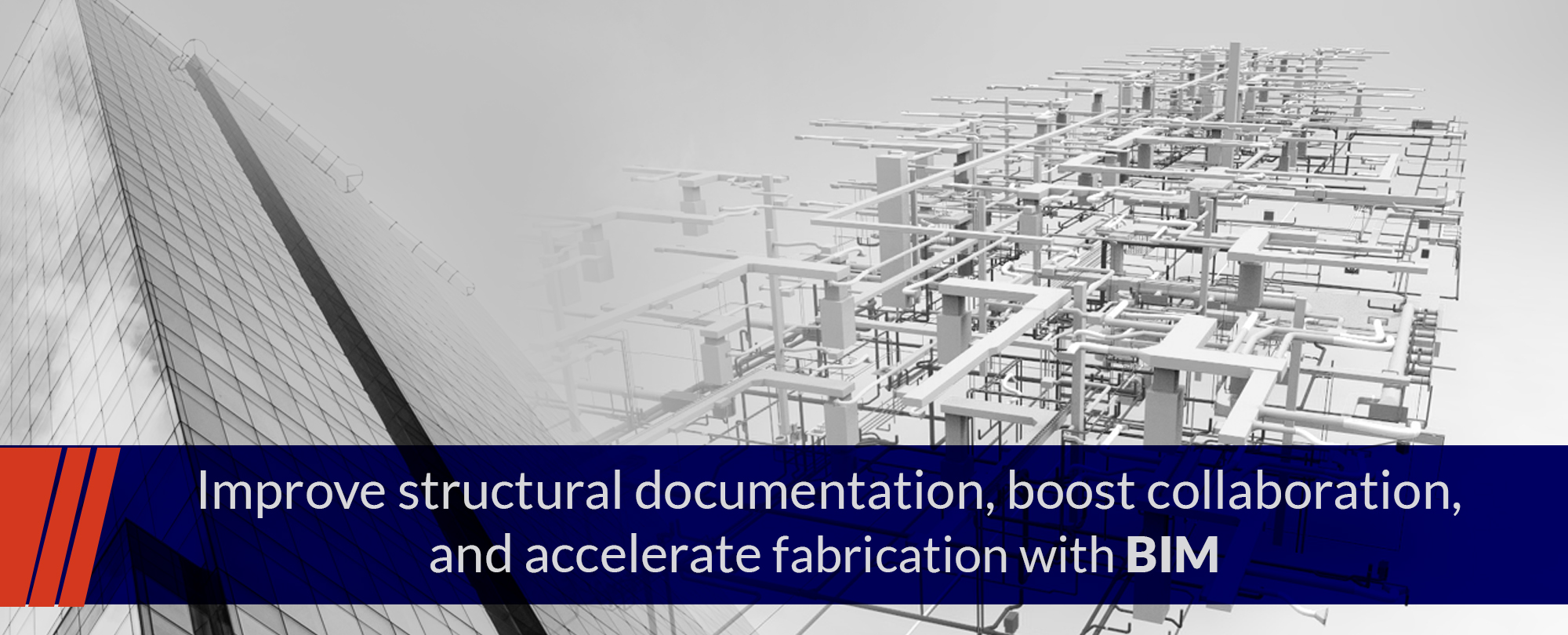BIM processes allow the construction fraternity to perform efficiently and effectively. It creates an environment for AEC personnel to make precise informed judgments’ to develop accurate models and determine performance solutions for the building. When the models and calculations are done, it is the job of the fabricators to take charge, and build various building assets for the whole project. Reducing the cost of fabrication through BIM coordination and Fabrication. Clear-cut fabrication numbers can actually save on money and time through zero material waste materials onsite.
Why do we actually need BIM coordination?
1. The need for BIM Coordination is critical
BIM(Building Information Modeling) takes into account the most important aspects of building construction such as Mechanical, Electrical, Plumbing, and Fire Protection. These are the main ingredients that make up a structure or building in a construction project. BIM lets you build behind the desk, and build onsite. The difference with BIM and without BIM is the precision and information stack it provides for MEP-FP engineers, and other stakeholders of the building process to create performance based structures, rather than buildings made on assumptions. The need for BIM coordination in the building phase is absolutely mandatory to resolve issues and spot vulnerabilities in various departments of the building cycle. The way BIM helps through BIM coordination and Fabrication is by means of reduced –
- Document blunders
- Rework
- Building Costs
- Delays
- Claims and Disputes.. and a very high build quality across the complete life-cycle.
It is claimed in various projects that –
- a lot of material is wasted
- lot of construction time goes into rework
- onsite work is unproductive
- it is over-budget and delayed
BIM coordination mitigates all of the above claims.
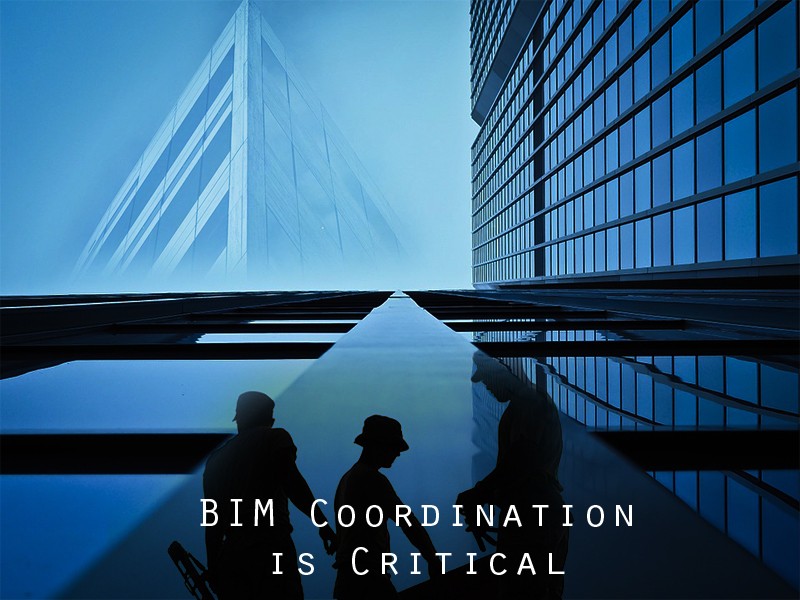
2. Need to integrate new technology
New technology in the form of software such as Autodesk Revit, Navisworks, Sketch-up, and more need to be integrated with cutting-edge hardware to create precise 3D models equipped with vital information, and then used as a single point solution for asset fabrication or fabrication services.
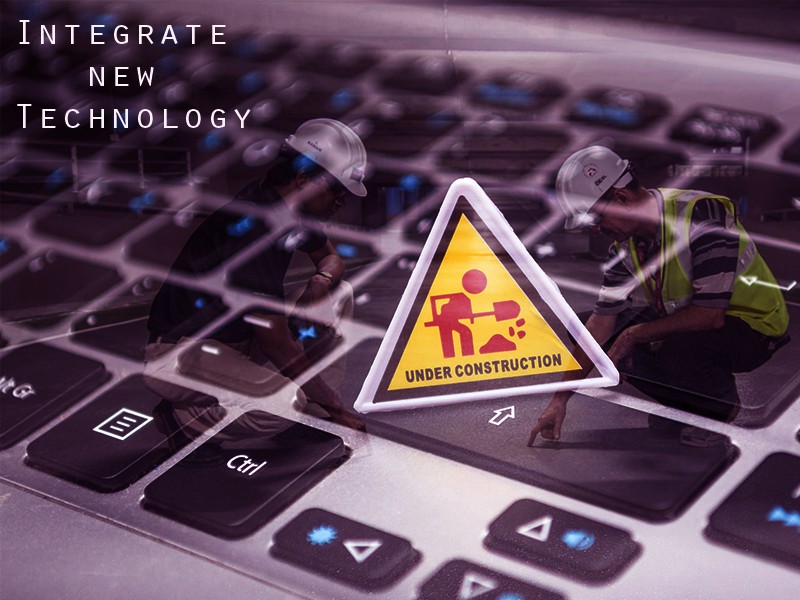
3. Steel processing goes digital
The need for precise steel Fabrication drove innovation to an automated workflow. Design automation has made asset production extremely productive in terms of design and logistics. Storing data on centralized repositories, and creating assets through data rich models made the whole process more efficient and effective.
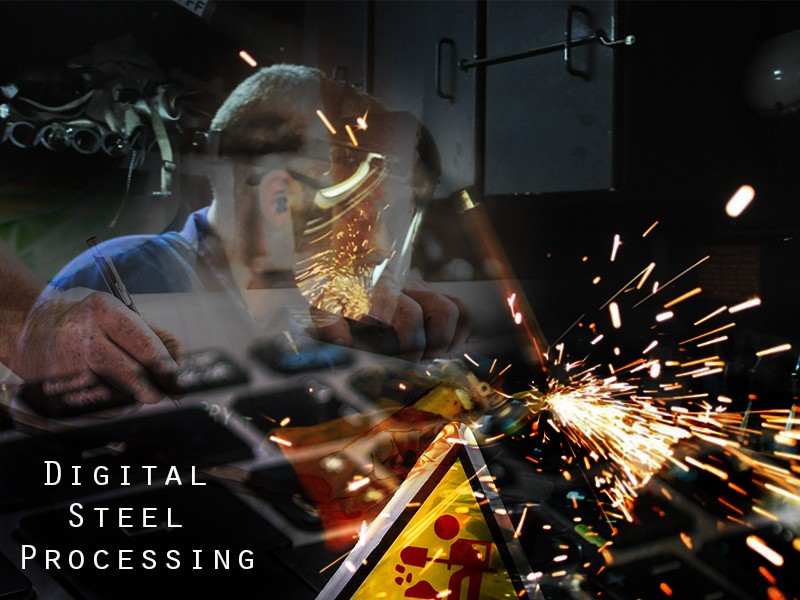
4. Increased Productivity
Once all the models are done, they can be exported to various fabrication tools and software. This creates an increase in productivity through BIM-based workflows, enabling various contractors to improve the bidding process, increase their cost margins, and engage on project way earlier in the development phase. MEP designers can actually reach levels of LOD 400 to build detail models through Fabrication Services.
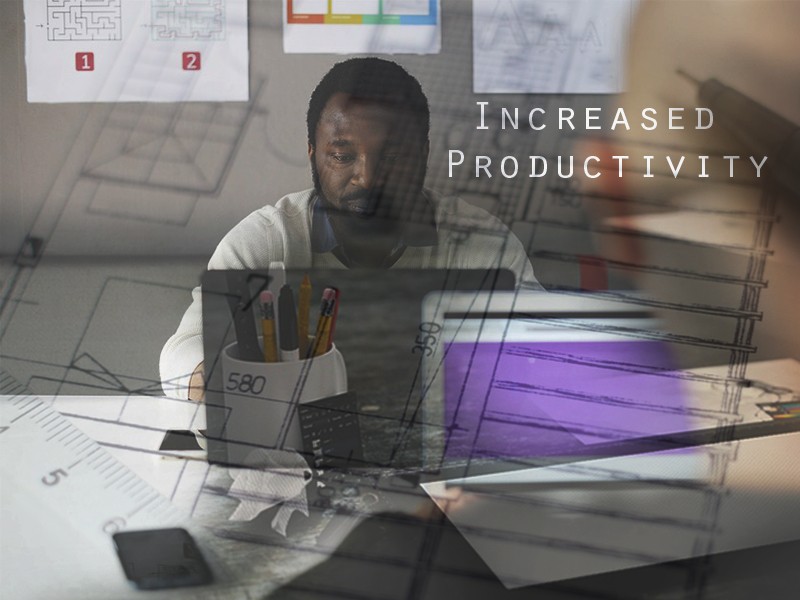
5 . Improved Installation
BIM coordination and fabrication facilitates in building accurate assets for the installation process onsite. The quality of construction increases exponentially with excellent project deployment, and the ability of all the parts and assets to be placed where they belong in the model creation. This makes the whole installation process faster and easier, saving on time, budget, and extra workforce requirements.
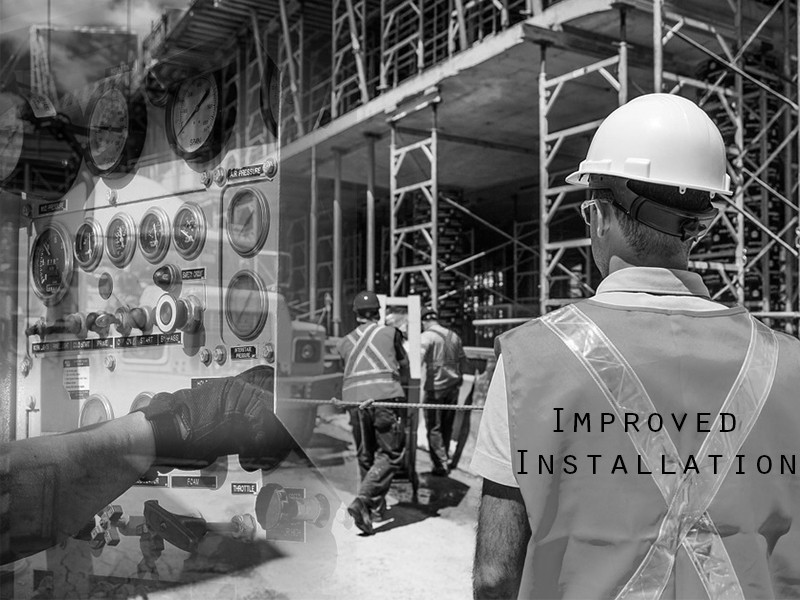
In the end-
There are many reasons wherein companies should consider Fabrication level BIM development as it offers complete insight into project requirements, improved accountability, technology integration, and higher building efficiency.
